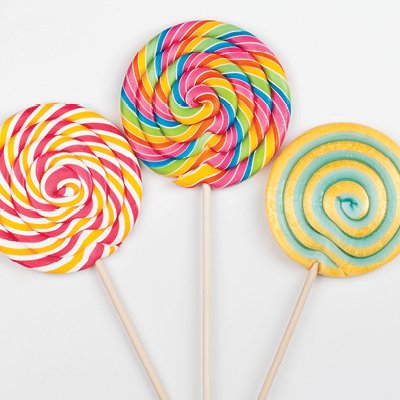

While some candy is sugar-free, most candy consumed during Halloween has some form of sugar. The production of candy can become quite the art form. Different ways of mixing and cooling the sugar allow for different types of crystals to form. For example, large crystals can be made for rock candy versus very small crystals as found in fudge. Watching these confections being made is a truly amazing experience! Have fun exploring the science behind candy with these sweet activities!

Candy Chromatography
After a thorough homework set, which introduces the knowledge needed for lab, students are challenged to determine which candy coated chocolates contain the FD&C food dye, tartrazine, using paper chromatography.
Pop Rocks Science
Determine the Volume of Carbon Dioxide Chemistry Laboratory Kit, students dissolve Pop Rocks in a water-filled tube and measure the volume of carbon dioxide gas released. This fun activity stimulates students’ minds!
Explore Intermolecular Forces with Lava Lamps & Candy
Students create a miniature lava lamp and then add a seltzer tablet to it, causing a chemical reaction and allowing them to identify the intermolecular forces, products and reactants in the bottle.

The Hungry Dragon
Colored flames and smoke shoot out of a large test tube when wooden splints or pieces of candy are tossed down its throats.
Colorful Candy
Acids and bases play an important role in food chemistry and how food tastes. Warheads® hard candy is very popular due to its strong sour taste—what causes this intense sour taste?
Food Dye Chromatography
Food dyes have been used extensively for more than 100 years. Would you eat maraschino cherries if they were their natural color of beige instead of red? Explore the properties of artificial food dyes with this chromatography activity.


If you have 10 minutes...
If you have an entire class period...
If you have more time...

